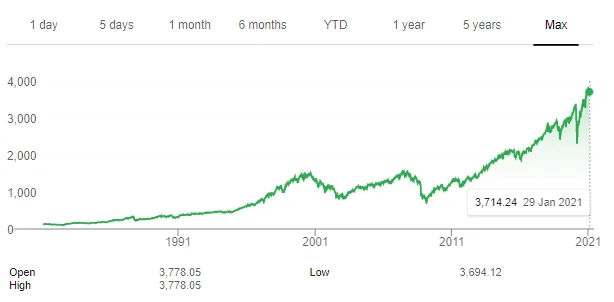
What is the FIRE movement
There is no law that requires people to work until they are 65+ years old, much less in a job that we do not like. That is why there is a wave of young people joining the F.I.R.E. (Financial Independence Retire Early) movement.
The goal of this movement is to aggressively save as much money as possible in order to be able to retire as soon as possible. How old can you retire? That will depend on your expenses and how soon you start saving, but it is not unheard of retiring before the age of 30.
Once FIRE status is reached, you can stop working, or work in a lower paying but more exciting job. We should not necessarily imagine ourselves lying on the beach for the rest of our lives, but certainly have a much more relaxed life where there will be no reason to do anything we don’t feel like doing.
How is it done?
-
Minimize expenses, stop trying to keep up with the joneses by buying the latest gadget. Do you really need the latest iPhone? Or some new pants when you have a full wardrobe?
-
Allocate most of our savings to the stock market. The easiest thing is to invest in an index fund, for example the S&P500. Try to invest every month consistently.
-
Use the FIRE calculator to calculate how much money you need. If you have doubts about how to use it, just indicate the SWR withdrawal method with a rate of 4%, and the estimated annual expenses for the rest of your life once retired. The calculator will tell you at what age you can retire and how much money you will have saved then.
Don’t people lose money in the Stock Market?
Investing rationally in the stock market for the long term makes it extremely difficult to lose money. Now, how do you invest rationally? It really is very easy, instead of choosing the hot stocks ourselves, we are going to choose an index fund, like the S&P500 and invest every month regardless of the market. We will not withdraw this money unless we have a catastrophic emergency, at least not until after our retirement begins.
Historically, the return of the S&P500 from 1926 to 2018 has been 10-11% annualized, that is, compensating bad years with good ones. As long as we have the discipline not to withdraw money when things go wrong, we can reap the rewards when they go well.

What is the 4% withdrawal method?
The 4% rule comes from the Trinity Study , conducted by the Texas Trinity University of Finance. What this study indicates is that if 4% of our financial portfolio invested in an index is enough to cover our annual expenses, we will never run out of money, since the S&P500 in the long term has always given annualized returns of 10%.
What if I have unexpected expenses during my retirement?
It is difficult to foresee future events, consider if your country offers public health and if you would be safe if you had a disease in the future. If not, include health insurance in your annual expenses.
You can also play with the calculator with a lower withdrawal rate (3.5%) or with higher annual expenses to leave a margin of error, although this means withdrawing later but more safely.
Alternatively, if a bad year comes, 3% could be withdrawn instead of 4% for the duration of the crisis.

Comments